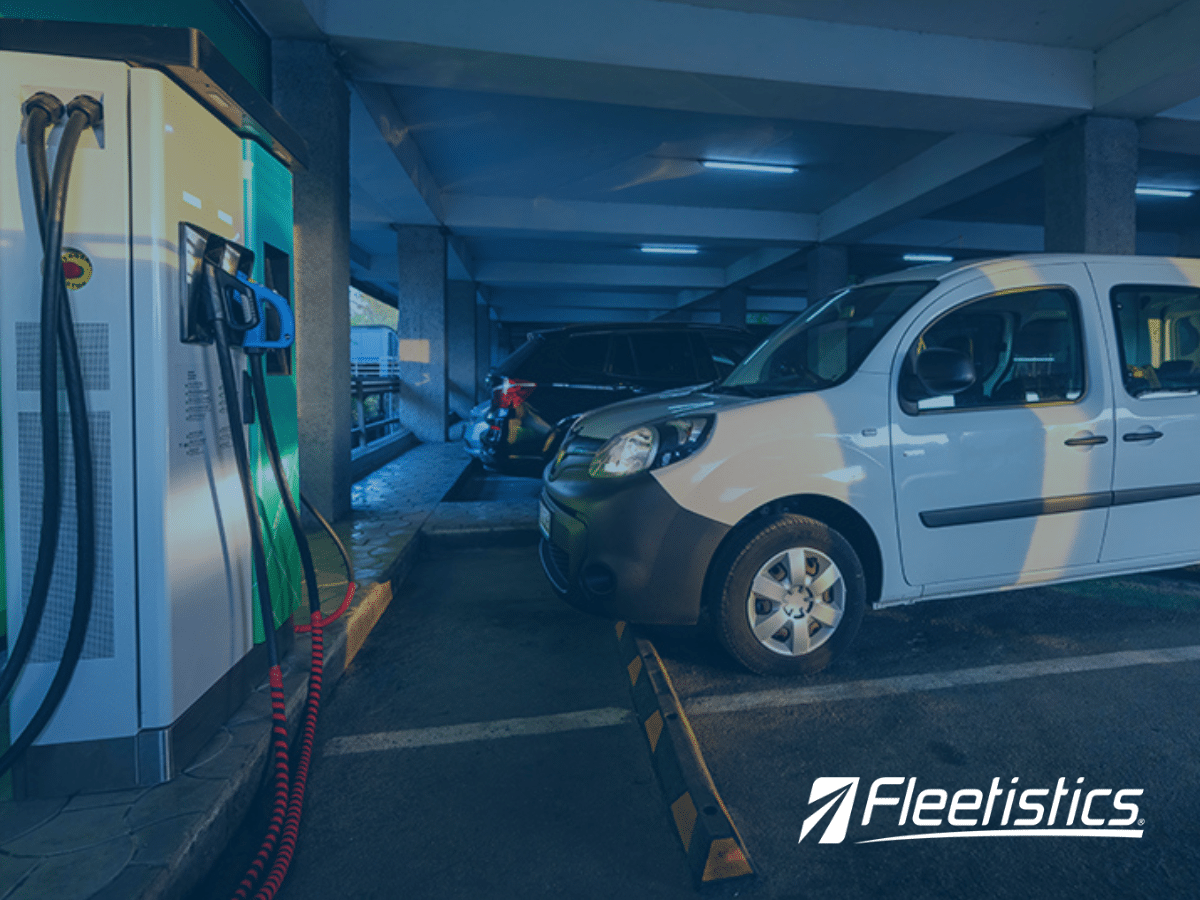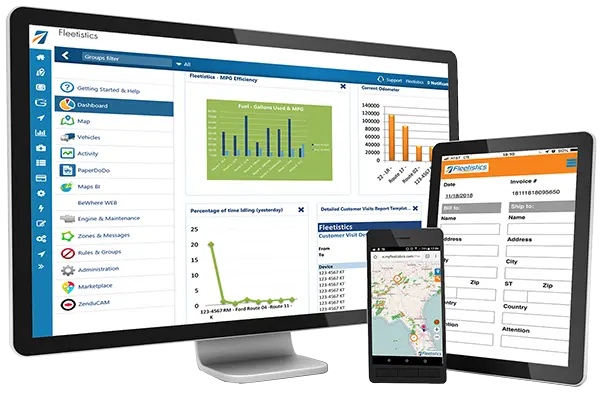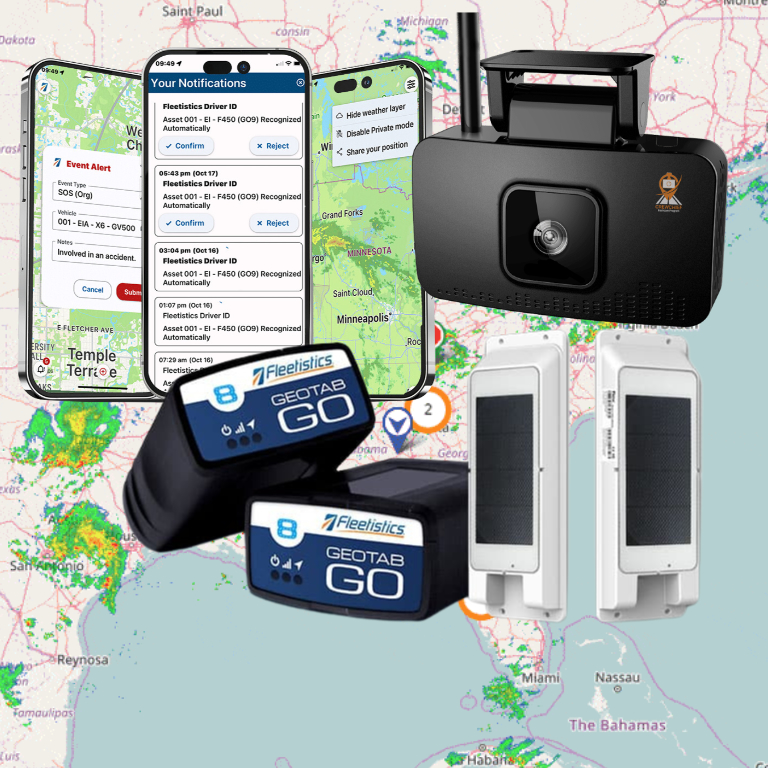As more companies transition to electric vehicles for their employees, it becomes necessary to establish a clear policy regarding the charging and reimbursement of take-home EVs. One crucial aspect to consider is the reimbursement of drivers for home charging of EVs. You need to have policies in place for reimbursing drivers for their actual business mileage. Calculations based on the cost of fuel or miles driven no longer apply.

Your fleet needs to reap the benefit of the lower EV operating costs with mileage reimbursement rates that reflect the true electricity costs. That isn’t easy with a vast range of costs between peak energy use times, off-peak charges, use of fast public chargers and more. Here are a few ideas:
- Home charging infrastructure plays a crucial role in encouraging the adoption of electric vehicles. Research studies have shown that EV drivers consider the ability to charge at home as a significant incentive for purchasing an electric vehicle.
- Home charging provides numerous benefits for EV drivers, including lower pricing per kilowatt-hour compared to fast-charging stations and the convenience of charging at home
- In the United States, there is a growing need for reimbursement policies that address the home charging of EVs.
- Implementing a reimbursement policy for home charging can help alleviate concerns and ensure that drivers are properly compensated for their expenses.
In a survey conducted on EV drivers, it was found that the availability of home charging facilities significantly influenced their decision to purchase an electric vehicle. Home charging provides convenience and cost advantages for domestic EV users. Moreover, home charging allows drivers to have a ready-to-use vehicle each morning without the need to rely on public charging infrastructure. To successfully implement a reimbursement program for home charging, it is important to establish clear guidelines and criteria.
Reimbursing Drivers – Guidelines and Criteria
To ensure fairness and clarity, it is important to establish clear guidelines and criteria for the reimbursement of home charging expenses. These guidelines should outline what is eligible for reimbursement, how drivers can submit their charging expenses, and any limits or caps on reimbursement amounts. In determining what is eligible for reimbursement, it may be beneficial to consider the cost of electricity used for charging the EV. To establish a fair reimbursement system, companies can utilize charging data and set a reasonable reimbursement rate per kilowatt-hour of electricity consumed. Additional guidelines provided in this article by Geotab.
Benefits of Reimbursing Drivers for Home Charging Expenses
Reimbursing drivers for home charging expenses can have several benefits. Firstly, it incentivizes the adoption of electric vehicles by providing drivers with a tangible financial benefit. Secondly, it promotes employee satisfaction and retention by alleviating the financial burden associated with charging an EV at home. Lastly, reimbursing home charging expenses can lead to increased employee productivity.
With the convenience of home charging, employees can easily maintain a fully charged vehicle, reducing any concerns about range anxiety and potential downtime waiting for public charging stations. Furthermore, implementing a reimbursement program for home charging can support the adoption of electric vehicles on a larger scale. This is evident from research studies that have shown home charging as a significant incentive for EV adoption.
Offering EV driver reimbursements
In the United States, offering reimbursements for home charging of EVs can be a proactive step towards encouraging the widespread adoption of electric vehicles.
Proprietary plug-in charging stations (owned by the company)
Companies can consider installing proprietary plug-in charging stations at the workplace for employees to charge their EVs while they are at work. This not only provides convenience for employees but also allows companies to have control over the charging infrastructure and possibly negotiate lower electricity rates.
Flat-rate reimbursement
Companies can also consider implementing a flat-rate reimbursement system for home charging expenses. This involves reimbursing employees a fixed amount per month to cover their home charging costs. The amount can be determined based on factors such as the average distance driven per month, the average electricity consumption of the EV, and the prevailing electricity rates in the region.
Actual energy rate
Another approach to reimbursing drivers for home charging expenses is to calculate the actual energy rate. This involves reimbursing employees based on the actual amount of electricity consumed for charging their EV at home. This can be done by requiring employees to submit monthly electricity bills or by installing separate meters specifically for EV charging. Companies can choose whether to reimburse the full amount or a percentage of the charging costs, taking into consideration their budget and sustainability goals.
Auto manufacturer tools
Auto manufacturers can also play a role in reimbursing drivers for home charging of EVs. They can offer incentives or discounts on home charging equipment, such as wall-mounted chargers or smart charging systems. This would encourage EV owners to invest in home charging infrastructure, making it more convenient and cost-effective for them to charge their vehicles at home.
Energy cards (like gas credit cards)
Energy cards, like gas credit cards, can also be introduced to reimburse drivers for home charging expenses. These cards would be linked to the driver’s EV charging account and can be used at approved charging stations or for home charging. By using energy cards, drivers can easily track and manage their charging expenses, while companies can conveniently reimburse them for the amount spent.
Here is an interristing video explaining EV Home Charging for Beginners
Other considerations
While formulating a plan for your EV driver reimbursements, keep in mind three other areas that can impact your policies:
- Green incentives and rebates: In some states, there are green incentives and rebates available for electric vehicle owners, which can help offset the cost of home charging. Companies can encourage their employees to take advantage of these incentives and provide guidance on how to apply for them.
- Home-based charging equipment: It is important to consider the cost and installation requirements of home-based charging equipment. This includes evaluating the diverse types of chargers available, such as Level 1 (standard household outlet), Level 2 (dedicated charging station), and Level 3 (Fast charging stations and compatibility with the electric vehicle models used by employees.)
- Proprietary systems: When implementing a reimbursement program for home charging expenses, consider the compatibility of different charging systems and ensure that the reimbursement process is user-friendly and accessible to all employees.
Conclusion
Reimbursing drivers for home charging of electric vehicles in the United States could be a significant measure to enhance EV adoption. Offering incentives or discounts on home charging equipment and introducing energy cards for reimbursement can encourage EV owners to invest in convenient and cost-effective home charging infrastructure. This strategy is crucial to increase the adoption rate of EVs in the country.














